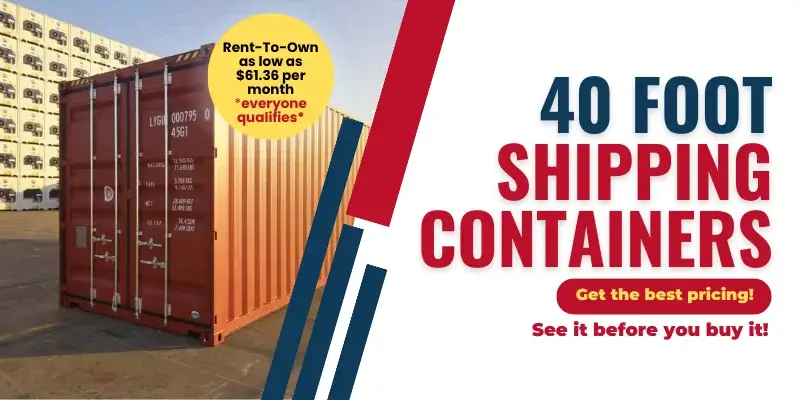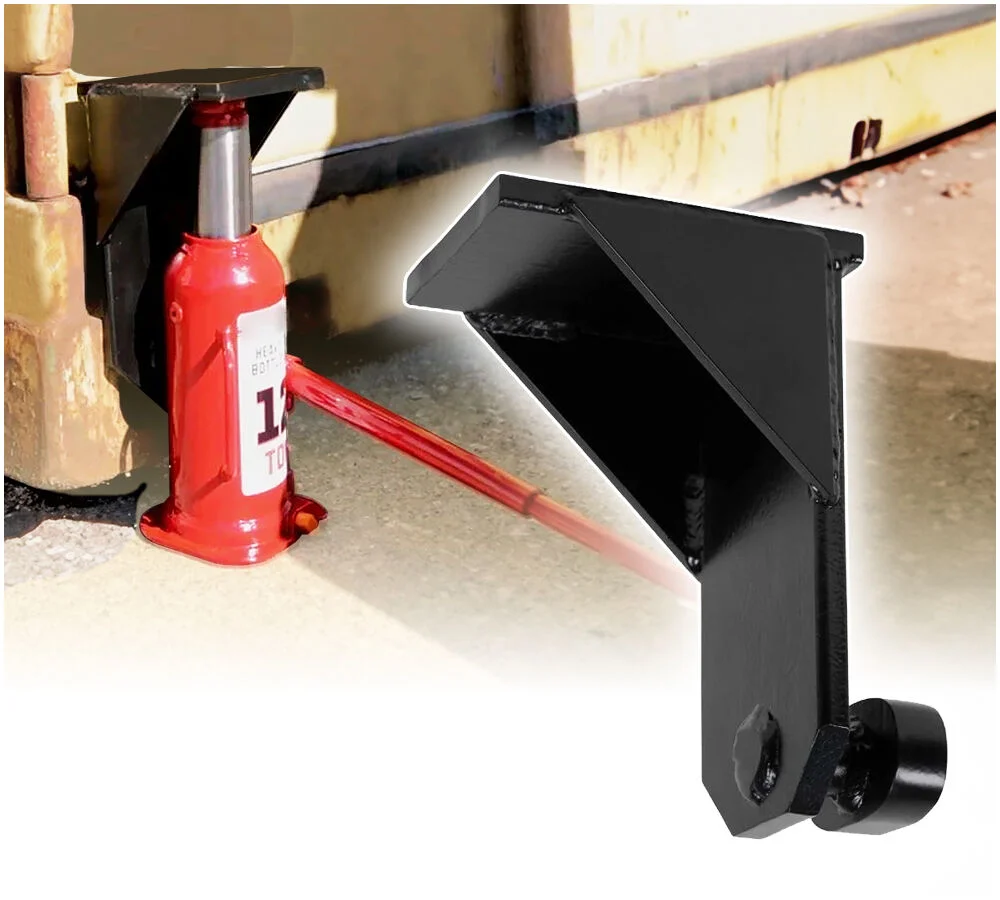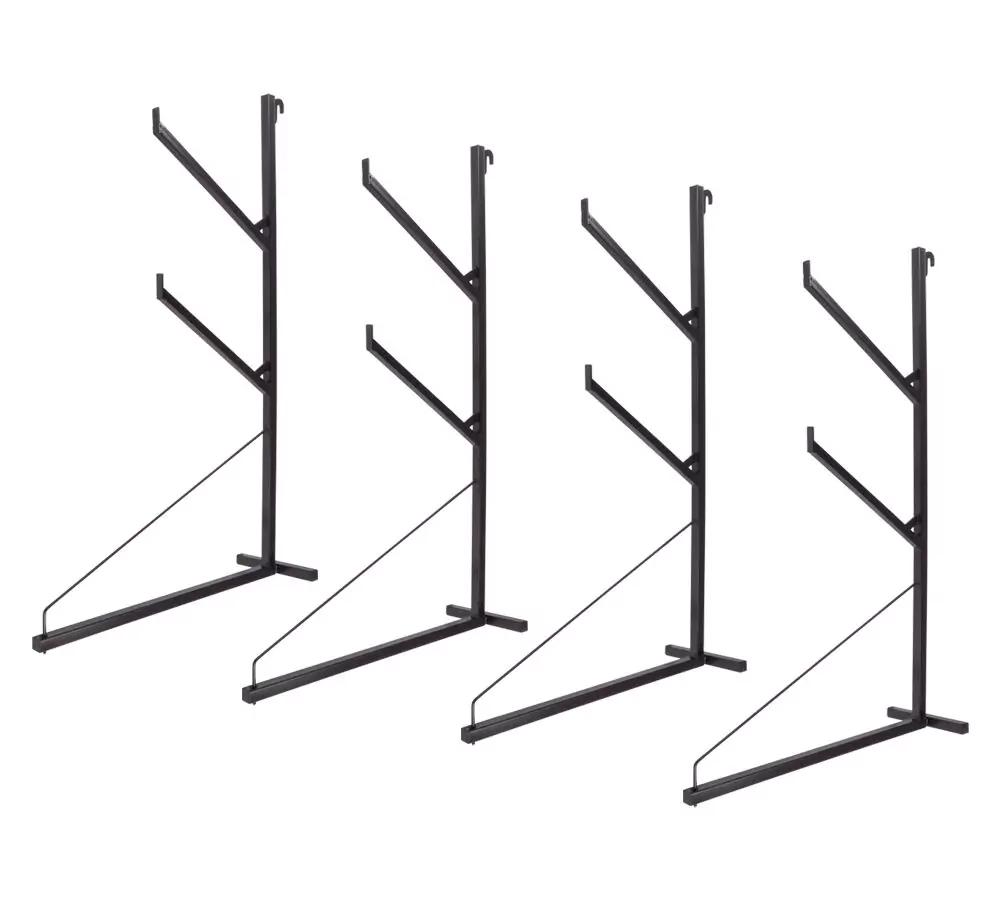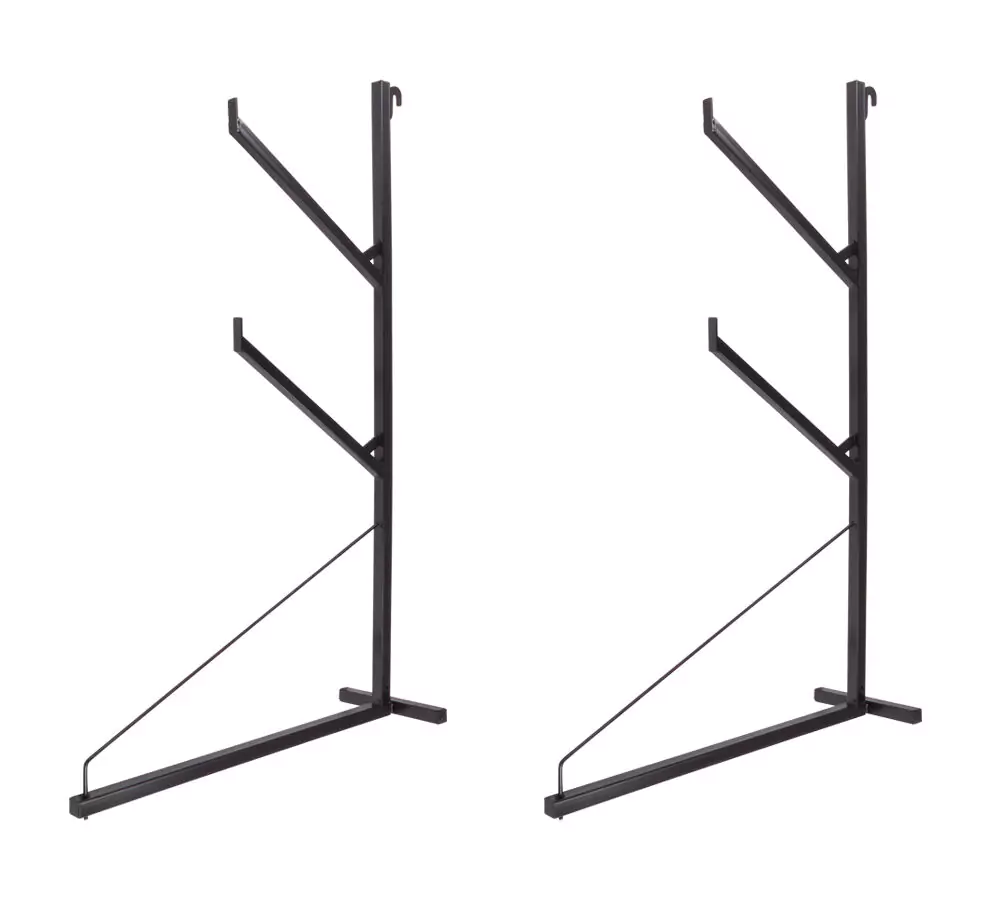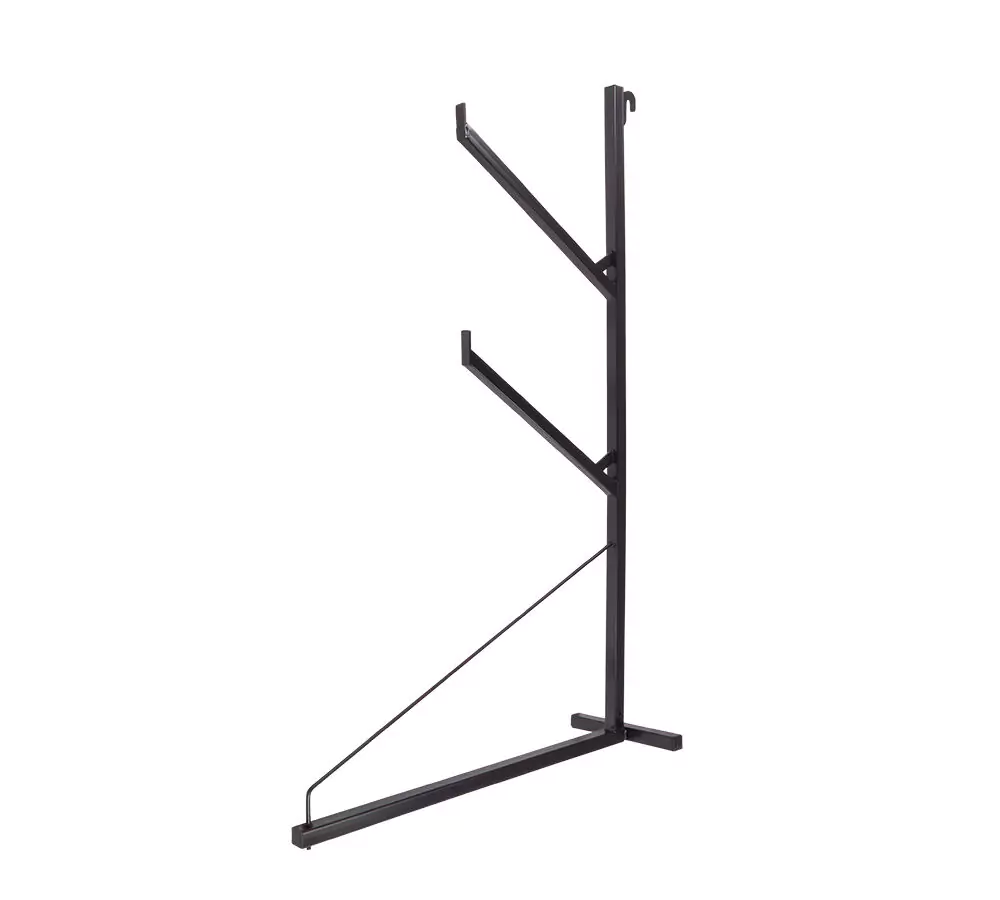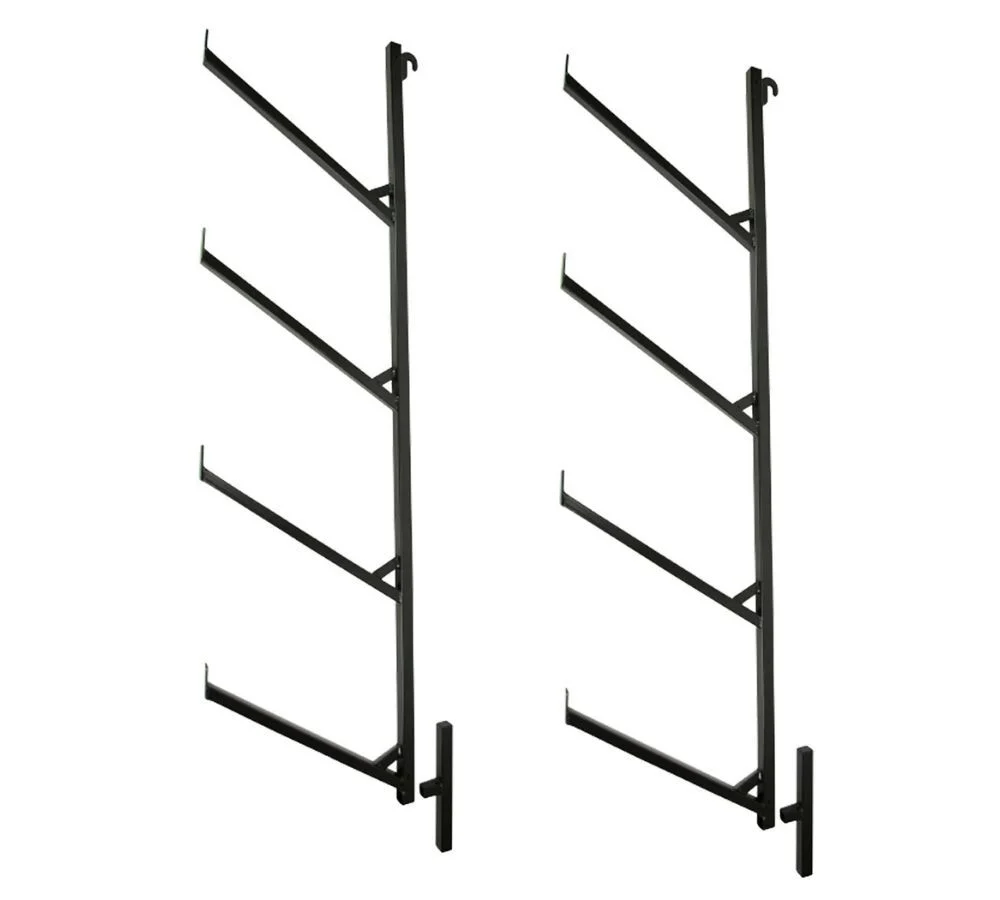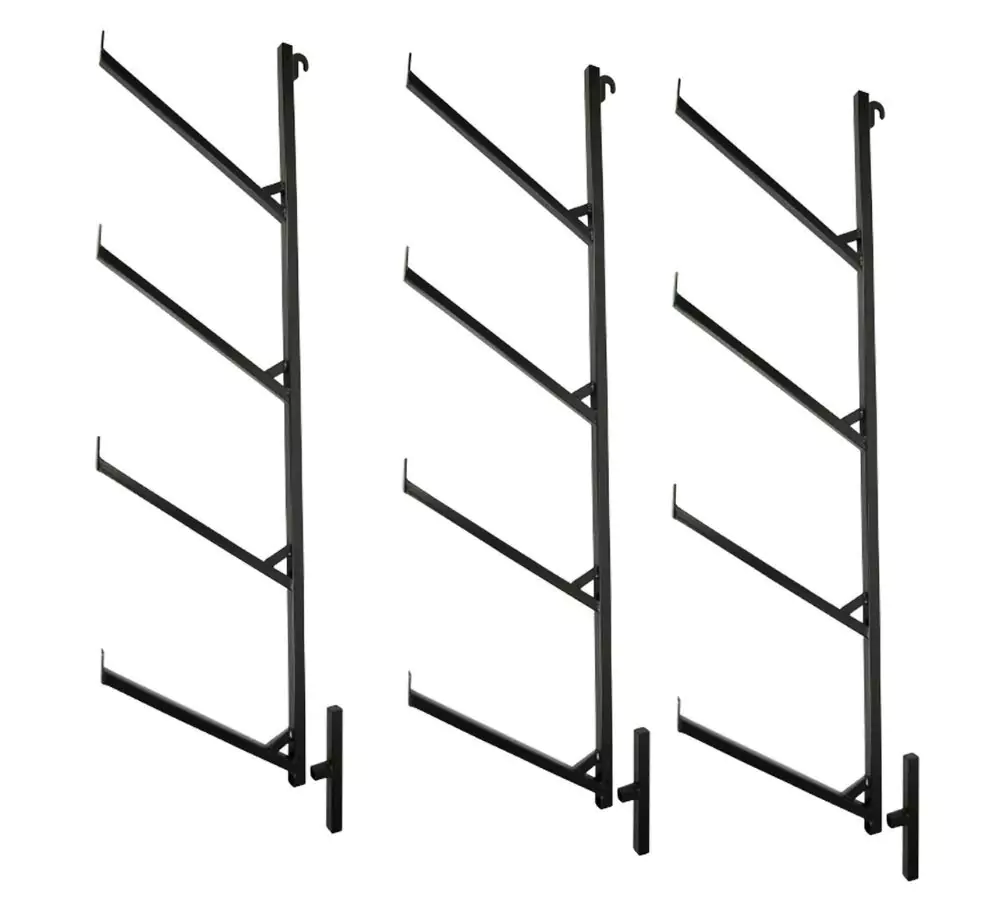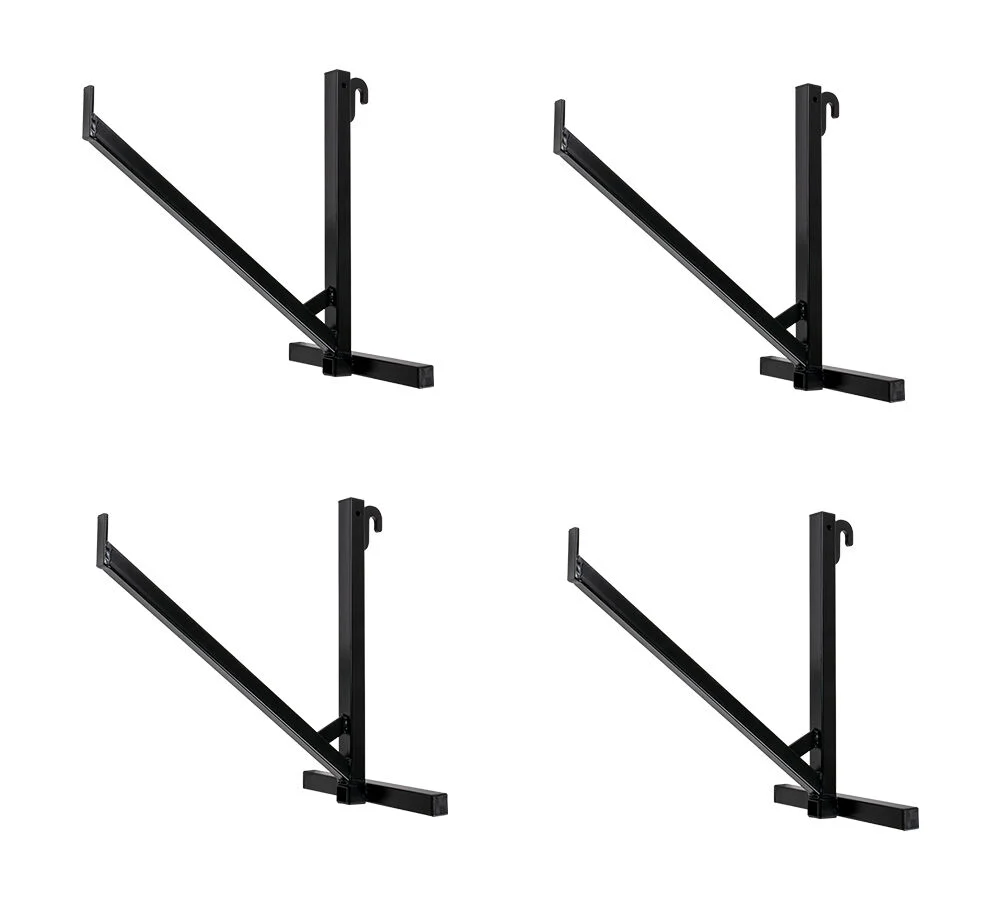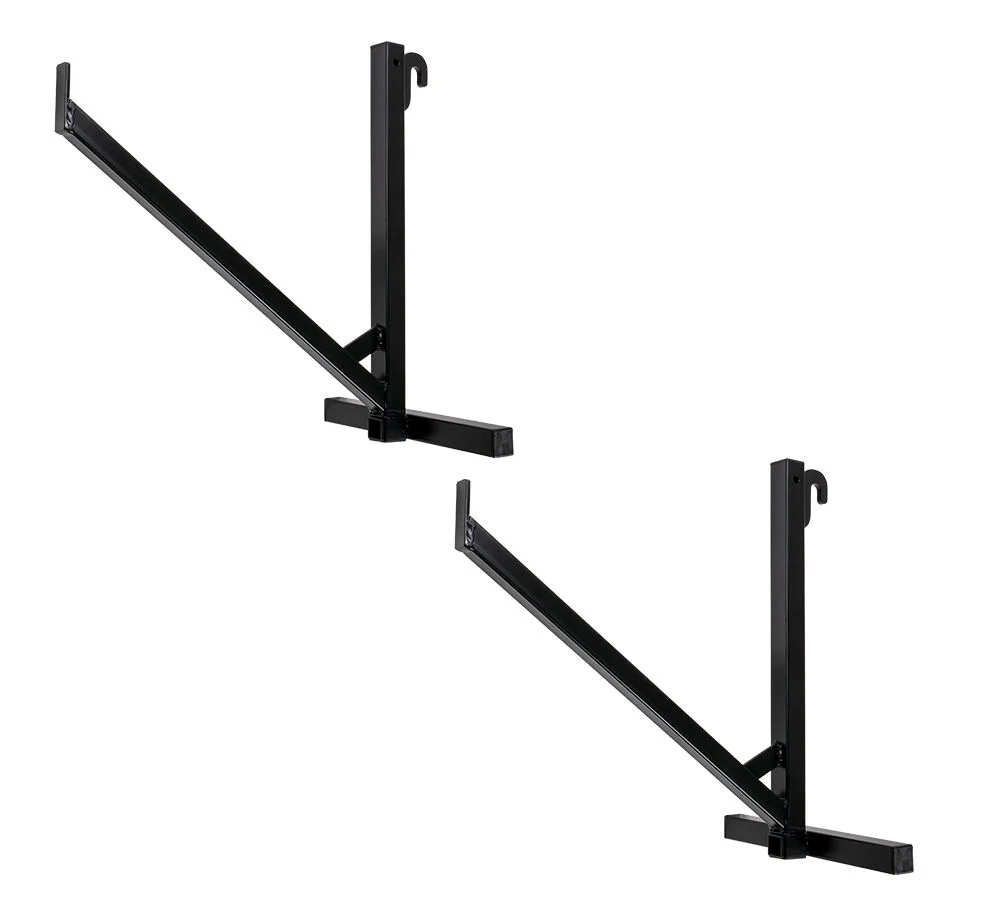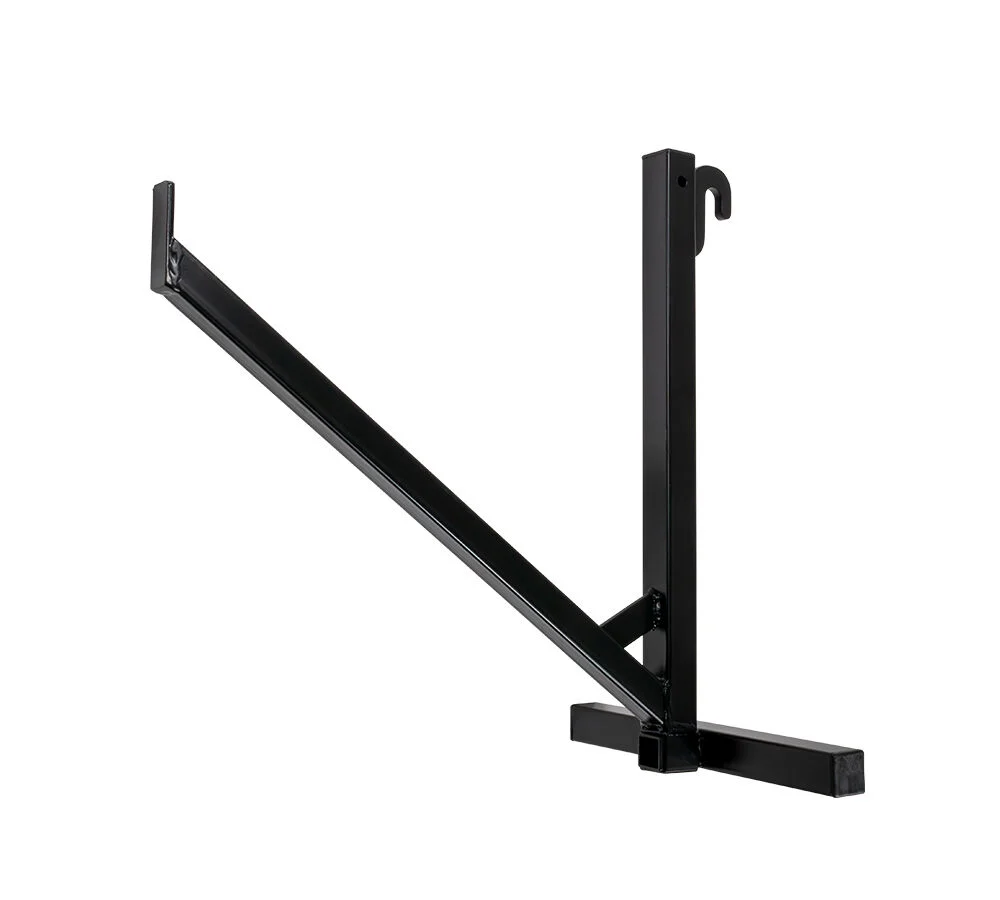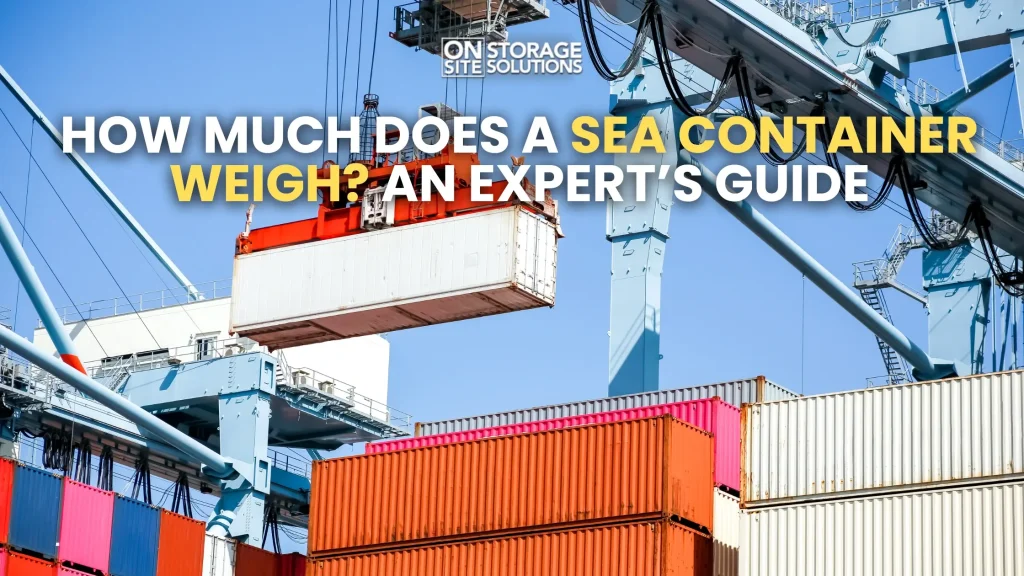
How much does a sea container weigh? This question might spark curiosity, but it’s also essential for safety, compliance, and cost-efficiency in shipping lines and logistics industries.
Every year, tens of millions of sea can containers traverse the oceans and roads, acting as the backbone of global trade. These steel giants carry everything from consumer goods to raw materials.
In this comprehensive guide, we will explore the details of container weights. We’ll cover key terms, standard measurements, and the factors that influence weight. Additionally, we’ll discuss the importance of accurate weighing.
Learning the Basics of How Much a Sea Container Weighs
Before we dive into specific figures, it’s important to learn the fundamental concepts of container weight.
There are three key terms you need to know when considering sea container weight: tare weight, payload, and gross weight.
What is Tare Weight?
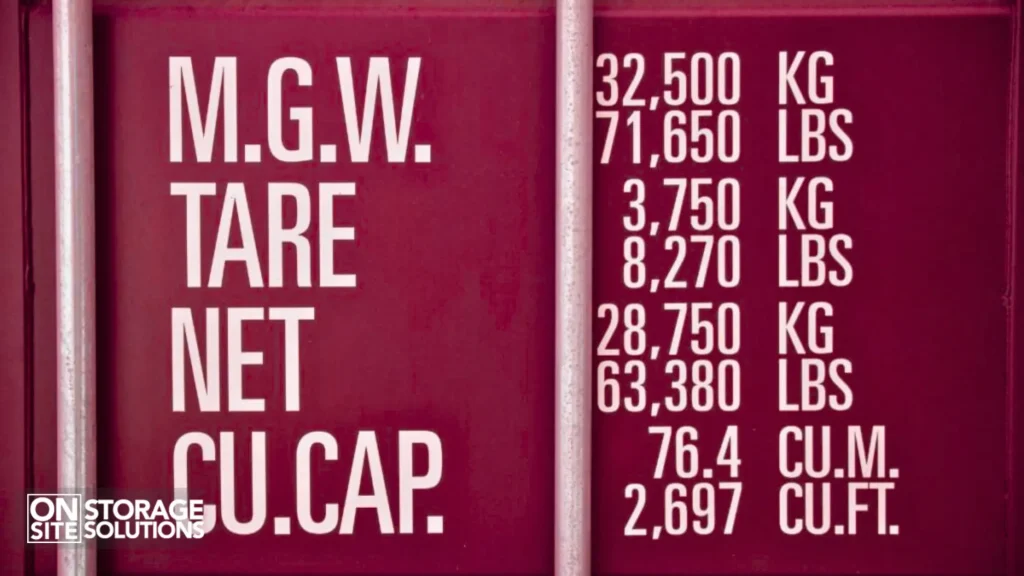
Tare weight refers to the weight of a shipping container when it is completely empty, excluding any cargo or contents. Think of it as the ‘empty weight’ of the container, which is determined by the size and construction of the container.
The standard container tare weight is listed on the container doors, allowing you to see how much your individual container weighs when empty. The tare weight will vary depending on the container size, type, and manufacturer.
What is Payload Weight?
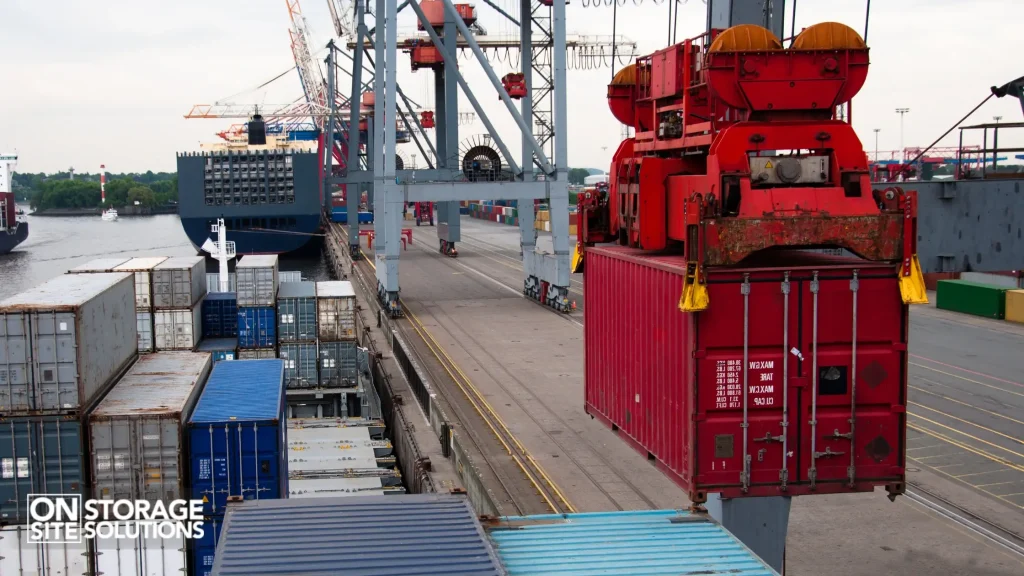
Payload is the maximum load weight that a container can carry safely. It represents the weight of the goods or cargo that can be loaded into the container.
The maximum payload of sea containers is an important factor in shipping and will vary depending on container size and type.
It’s not just about how much space there is, but how much weight the container is designed to handle. The maximum payload can also change based on rules, the type of cargo, and other factors.
What is Gross Weight?
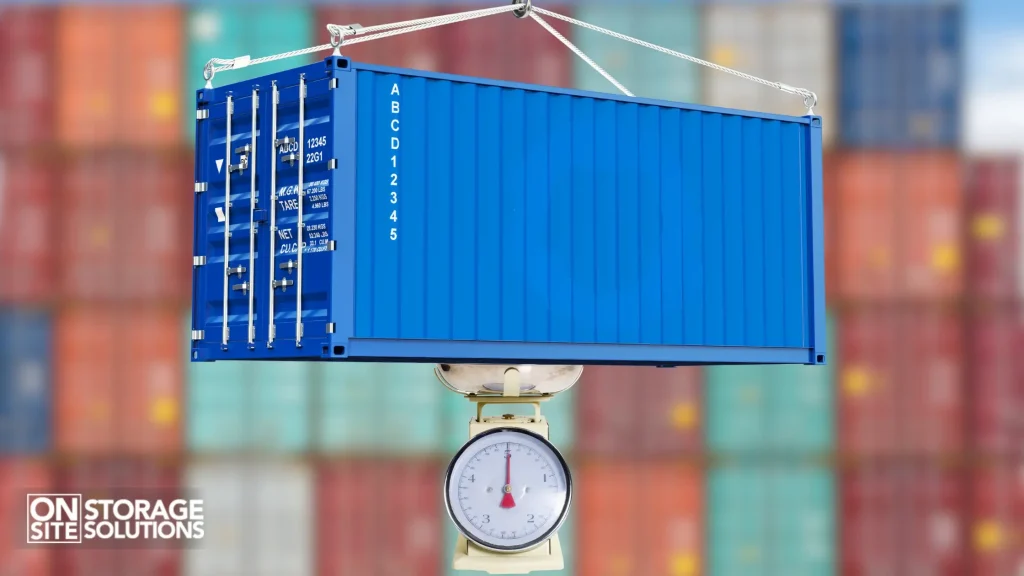
Gross weight represents the full weight of a shipping container, including both the container itself and its contents. It is calculated by adding the tare weight of the container to its payload weight.
The maximum gross weight is stamped on the container data plate, which can be found on the doors. It is crucial to adhere to the maximum gross weight to ensure safe transport and comply with regulations.
Standard Shipping Container Weights
Shipping containers come in various sizes, each with different weight specifications. Fortunately, most freight adheres to standard ISO containers for sale, which means you can generally estimate the tare, payload, and gross weights of a container before you buy or hire it.
Here’s a look at the typical weights for standard ISO containers:
1. How Much Does a 10ft Sea Container Weigh?
The approximate tare weight is around 1,000 kg or 1,300 kg (1.5 tons). A 10-foot shipping container is an ideal choice for sites with limited space.
The approximate payload is 10,000 kg or 11,000 kg, while the approximate gross weight is 11,000 kg or 12,500 kg.
2. How Much Does a 20 Foot Sea Container Weigh?
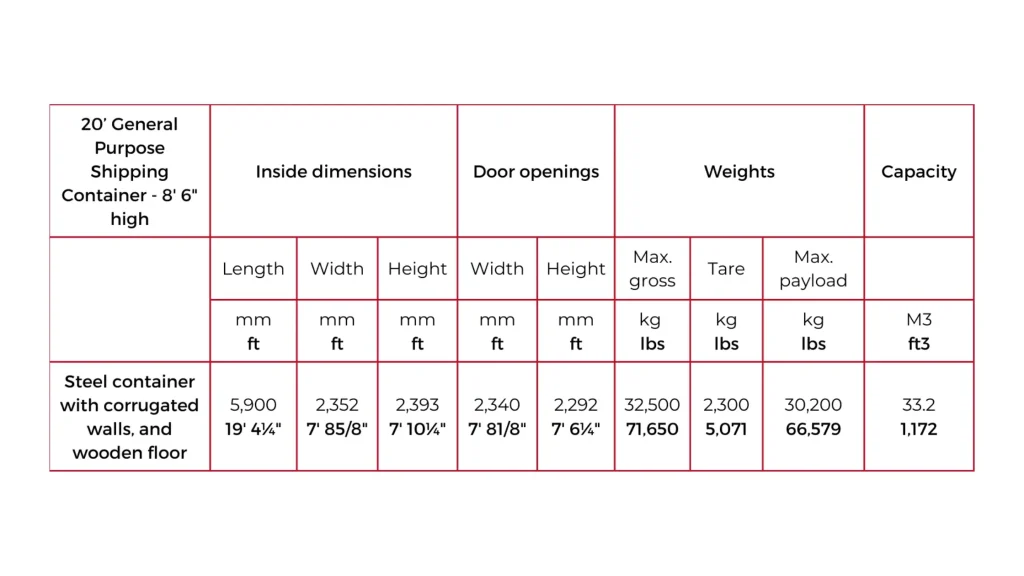
The approximate tare weight of a 20ft shipping container ranges from 1.8 to 2.2 tonnes, or around 2,200 to 2,600 kilograms (4,850 to 5,732 pounds). Some variations include 2,300 kg (5,071 lbs) or 4,585 lbs (2,080 kg) and 4,914 lbs. The container weight can vary based on its design and construction.
A 20-foot container is a cost-efficient, medium-sized option for versatile utility spaces.
The approximate payload is up to 2 tonnes (2.5 tons) or 28 metric tonnes (25,400 kg), with the maximum payload varying based on rules, cargo type, and other factors.
The approximate gross weight is 30.5 tonnes (33.5 tons) or 24,000 kilograms (52,910 pounds), with the maximum gross weight defined by ISO 668:2020 as 24 tons.
3. How Much Does a 40 Foot Sea Container Weigh?
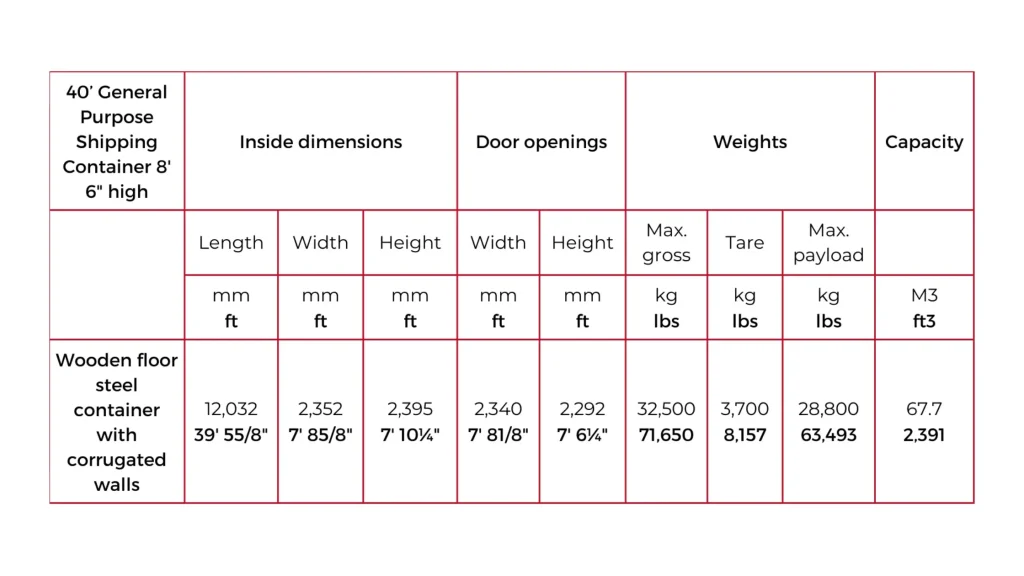
The approximate tare weight of the container ranges from 3.8 to 4.2 tonnes (3.75 UK tonnes or 4.25 tons, equivalent to 8,159 lbs).
A 40-foot shipping container offers additional space, making it ideal for larger commercial and construction projects.
The approximate payload capacity is up to 3.75 tonnes (4.25 tons or 59,039 lbs), while the total gross weight reaches around 30.5 tonnes (33.5 tons or 67,199 lbs).
4. How Heavy is a 40ft High Cube Shipping Container?
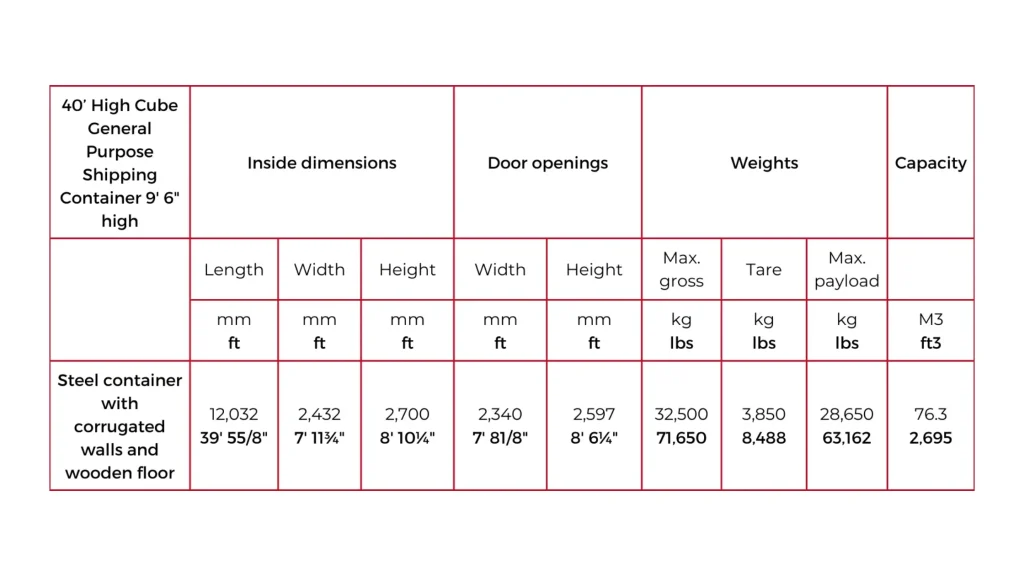
The approximate tare weight of a 40 foot high cube shipping container is 8,747 lbs, with an approximate payload capacity of 58,448 lbs. The total gross weight is around 67,196 lbs.
These figures serve as general guidelines, but it’s always recommended to check the specific data plate on the container for the most accurate weight information.
Factors Affecting Sea Container Weight
While the standard sizes offer a good starting point, several factors can influence the actual weight of a shipping container. It’s important to consider these elements to ensure accurate weight management and safe transport.
Sea Container Size and Type:
- As noted above, different sizes (10ft, 20ft, 40ft) will inherently have different weights. The shipping container sizes and weights will vary across the different types of containers available.
- High cube containers, which are a foot taller than standard containers, will weigh more because of the extra metal used in their construction. Similarly, open-top or side-opening containers may have different tare weights than standard dry containers.
Sea Container Age and Condition:
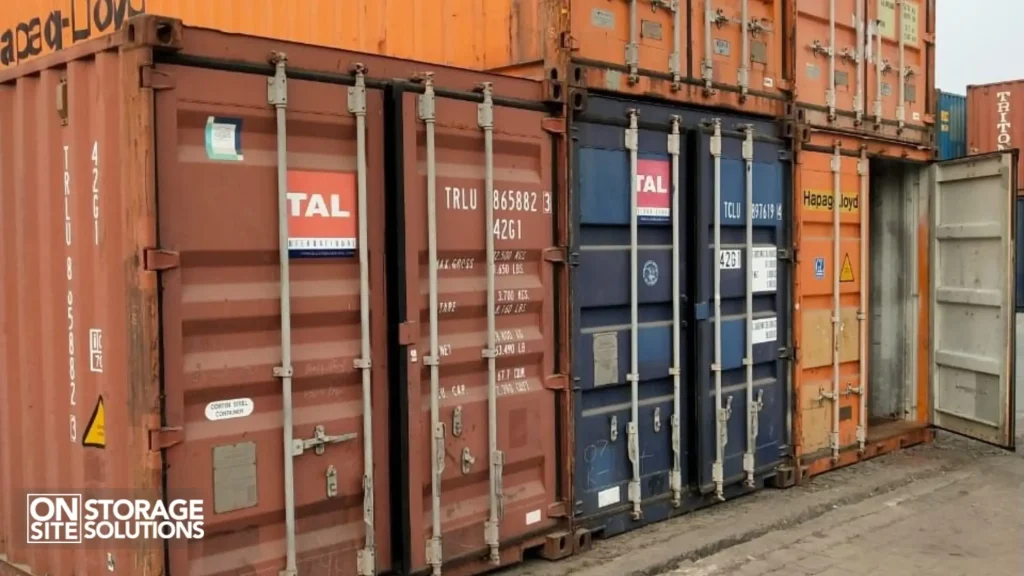
- Older containers can weigh differently compared to newer models. As manufacturing methods improve, factories can make high-quality containers with less metal, making them lighter.
- Wear and tear, including rust or damage, can also affect a container’s weight, although usually, this is not a significant factor.
Sea Container Modifications and Alterations:
- Any alterations to a standard container, such as cut-down or bespoke designs, will affect its weight and how much it can carry.
- Modifications such as adding insulation, cladding, and other structural elements can increase the weight of the container.
Sea Container Manufacturing Variations:
Even among the same type and size of the container, there can be slight variations in weight due to different manufacturing processes and materials used by different manufacturers.
Shipping Container Materials:

The primary material used in the construction of shipping containers is corten steel, also known as weathering steel, which is chosen for its strength and durability.
Shipping Container Moisture and Humidity:
Moisture and humidity can also add to the weight of the container, particularly if there’s any water pooling inside.
Why is Container Weighing Important?
Knowing how much does a sea container weighs is not just a technical detail; it’s a critical aspect of maritime and land-based transportation. There are several compelling reasons why accurate container weighing is essential.
Safety:
- Overweight or unbalanced containers pose a significant risk to ships, workers, and cargo.
- An overloaded container can damage the vehicle chassis or the terminal handling equipment.
- On ships, improperly loaded containers can shift or even be lost overboard.
- Overweight containers also pose a risk to people on roadways and rail routes, by contributing to accidents.
Compliance
- The International Maritime Organisation (IMO) requires all containers to have a Verified Gross Mass (VGM) before being loaded onto a ship for export.
- This requirement, which was put into place in 2016, was a direct response to accidents resulting from overweight containers.
- Shipping organizations must comply with the Safety Of Life At Sea (SOLAS) VGM requirements by accurately weighing their shipping containers and optimizing loads.
- Most countries legally require reporting container weights when passing through their ports.
Cost Efficiency
- Accurate weight reporting can lead to more efficient shipping routes and cost savings.
- Weight directly affects transportation costs, as heavier containers require more fuel and may need specialized handling equipment.
- Knowing the correct weights helps to avoid additional costs and fines due to overweight or unbalanced loads.
- Preventing Damage: Overloaded containers can damage vehicle chassis or terminal handling equipment.
How to Weigh Shipping Containers
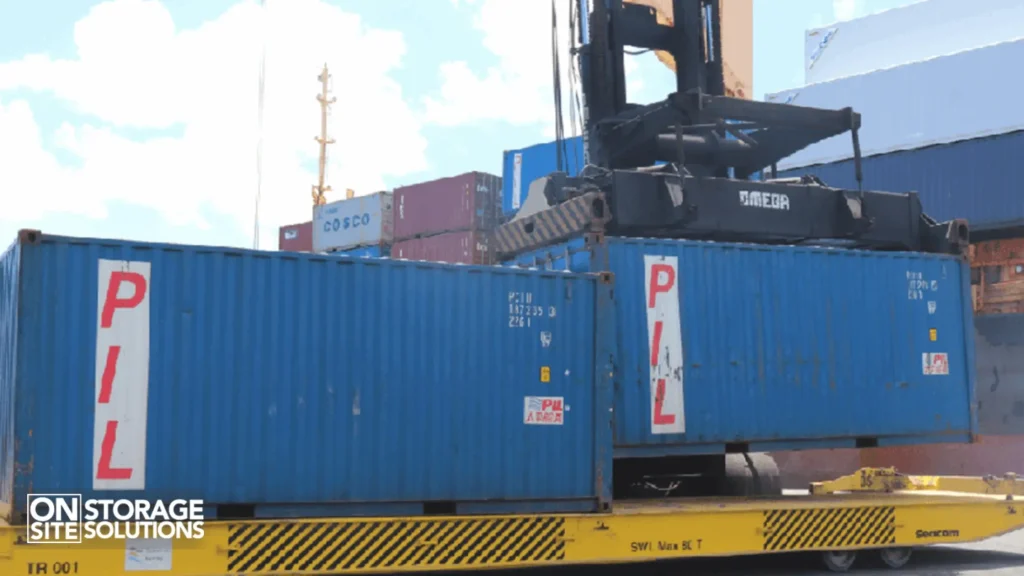
Determining how much does a shipping container weighs when loaded can be a challenge. Here are some of the methods that can be used:
Shipping Container Weighing Methods
- Trailer Suspension Weighing System: This involves fitting a special weighing system to the truck’s suspension. It estimates the container’s weight based on how much it affects the truck’s suspension. However, this method isn’t highly accurate, with a margin of error of 3-5%.
- Weighbridge: A weighbridge is a large set of scales on a concrete foundation. Large vehicles, including trucks carrying shipping containers, can drive onto them to measure their weight. This system is accurate to within 0.2-0.5%, but it can be expensive to use.
- Axle Weigh Pads: Axle weigh pads are directly attached to the vehicle carrying a shipping container. They are lightweight and cheaper to use, making them a popular option.
- Crane Scales: If other methods aren’t available, containers can be weighed using a crane. As the crane lifts the container, the weight is instantly detected. Crane scales are capable of measuring loads as heavy as 22 tons (20 metric tonnes).
Choosing the Right Method:
The most suitable weight measurement method depends on the available resources, accuracy requirements, and budget, as well as any regulatory requirements.
Shipping Container Weight Distribution and Loading
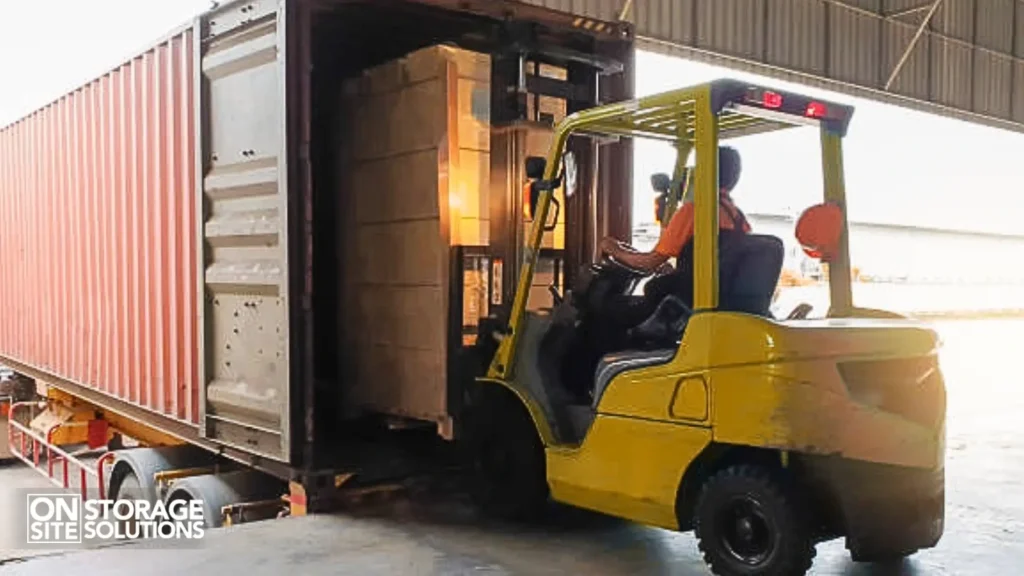
Proper weight distribution within a container is crucial for safety and stability during transit. It’s not just about the overall weight; how the cargo is arranged matters significantly.
Unevenly distributed weight can cause the cargo to shift, increasing the risk of accidents. Ensuring that the weight is evenly distributed helps prevent instability, making the transportation process safer and more efficient.
- Loading Strategies: Cargo should be loaded in a way that balances the weight and prevents any one area of the container from being overloaded.
- Impact of Cargo Type: The type of cargo can also affect loading strategies. Dense items will need to be spread evenly to avoid overloading the base of the container, while bulky items may need to be secured to prevent shifting.
- Pallet Capacity: For a 20ft container, you can typically fit 10 standard pallets or 11 EUR pallets.
- Safe Loading Practices: Using a tilted bed trailer to load an empty container is much easier than loading a loaded one because the contents can shift during tilting.
Sea Container Weight Regulations and Compliance
Compliance with weight regulations is non-negotiable for safe and legal shipping and transport of sea containers.
- International Regulations: As noted previously, the IMO’s VGM requirements mandate a verified weight for all containers before they are loaded onto a ship.
- Regional/Country-Specific Regulations: Beyond international standards, many countries and regions have specific regulations about shipping container weights.
- US Road Transport: In the US, road transport of containers must comply with state truck size and weight limit laws, issued by the Federal Highway Administration under the US Department of Transportation.
- Penalties for Non-Compliance: Exceeding weight limits can result in fines, penalties, and delays. In some cases, it may lead to more severe legal consequences.
Environmental and Financial Implications of How Much Does a Sea Container Weigh
How much does the shipping container weigh impact both the environment and financial considerations.
Shipping Container Environmental Impact:
Heavier loads increase fuel consumption and carbon emissions, contributing to a larger carbon footprint. Optimizing loads for sustainability can include using lighter packing materials and maximizing space.
Shipping Container Financial Implications:
Weight is a significant factor in determining shipping costs, including fuel surcharges and handling fees. Overweight containers may also lead to storage fees and delays, resulting in added expenses.
Adapting Containers for Heavy or Unusual Cargo
Sometimes, you need to transport heavy or unusual cargo that exceeds the capacity of standard shipping containers.
- Containers can be modified to accommodate heavy or large cargo.
- Always seek professional advice on safety precautions and best practices when handling unusually heavy cargo.
How Much Does a Sea Container Weigh for Conversion Projects?
When using shipping containers for purposes other than shipping, such as for conversion into homes, offices, or storage, you still need to be aware of weight considerations.
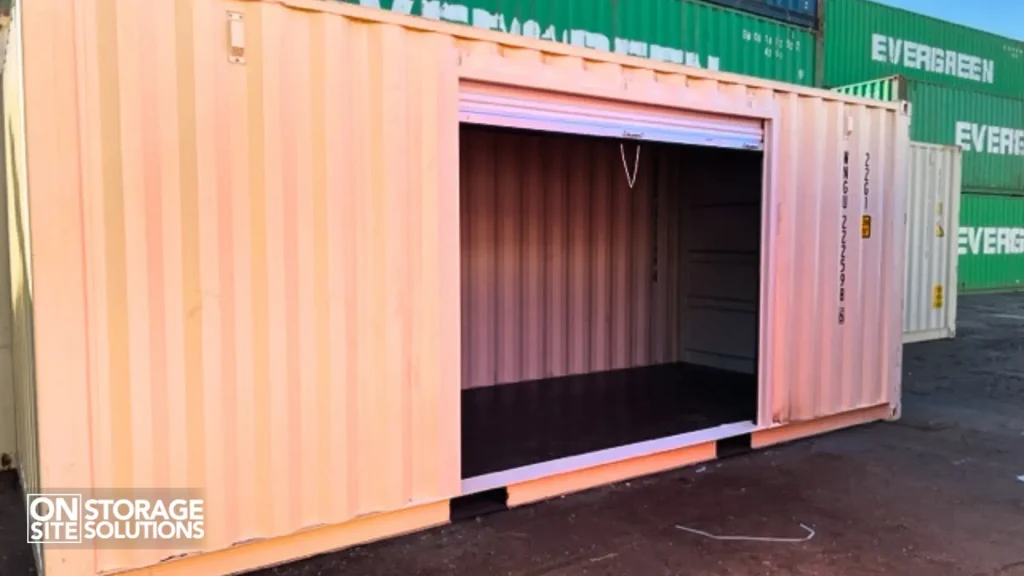
- Adding modifications for container conversions, like insulation, cladding, and other structural elements, will increase the container’s weight.
- Careful planning and design should be in place to take into account the extra weight of modifications and to ensure structural stability.
DIY Sea Container Weighing
Even for personal projects, it’s useful to have a rough idea of how much a container weighs. Low-cost methods can be used to weigh containers for personal projects, although these should not be considered accurate enough for commercial shipping.
It’s always important to prioritize safety and accuracy, even when weighing for DIY projects.
Conclusion
Understanding how much a sea container weighs is fundamental for anyone involved in shipping, logistics, or even using containers for other purposes.
From the sea container weight to the shipping container weight of different sizes, and the 20ft container weight versus the 40ft container weight, knowing your container weight is essential for safety, compliance, and cost-efficiency.
Adhering to the ISO container weight guide and understanding the key factors affecting weight, such as the maximum payload of sea containers, can prevent accidents, reduce shipping costs, and ensure a smoother, more efficient operation.
Looking for Reliable and Durable Sea Containers?

On-Site Storage Solutions provides top-quality sea containers across the United States and Canada, offering reliable, secure storage for all your needs. We offer flexible rental and rent-to-own options, ensuring the perfect solution for short-term or long-term storage.
With competitive pricing, exceptional customer service, and a commitment to delivering the best, we make it easy to get the right container. Call us now at (888) 977-9085 and find the storage solution you need today!



